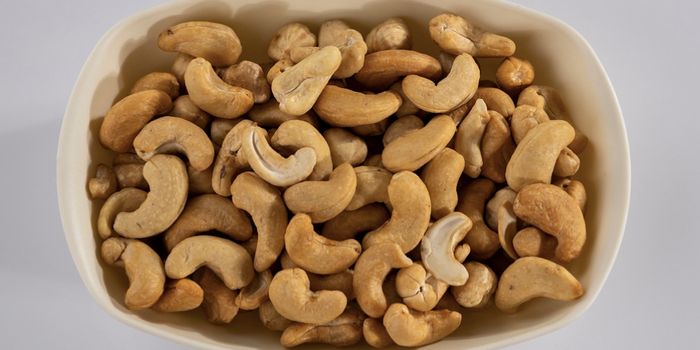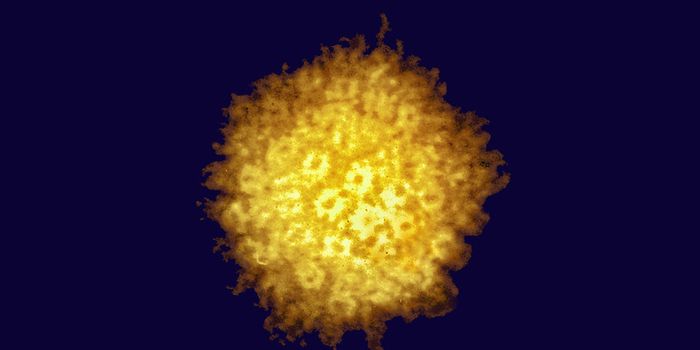Viruses Can Escape the Effects of CRISPR by Shielding Their Genomes
Our world is filled with microbes, and in every kind of environment, they compete for supremacy, a competition that dates back to the origins of life. People have been able to take advantage of a bacterial defense against viruses called CRISPR, which has been used to rapidly advance gene-editing technology along with a DNA-cutting enzyme called Cas. In turn, viruses have found ways to get around that bacterial defense, and viruses that infect bacteria, called bacteriophages, can often kill bacteria despite CRISPR. Scientists have now learned more about how viruses outsmart CRISPR.
The findings, reported in Nature, showed that bacteriophages can protect their DNA with a kind of safe room. It is similar to a nucleus and is the best defense against the bacterial CRISPR system that researchers have identified.
In this work, the scientists infected common bacteria that were engineered to produce the Cas DNA-cutter with viruses from five different families of phages. While the bacteria were able to overcome most phages, two very large phages with genomes up to ten times larger than most well-studied phages were unaffected by the CRISPR defense.
"In our experiments, these phages didn't succumb to any of the DNA-targeting CRISPR systems they were challenged with. This is the first time that anyone has found phages that exhibit this level of pan-CRISPR resistance," said the research leader Joseph Bondy-Denomy, Ph.D., assistant professor in the Department of Microbiology and Immunology at UCSF.
The researchers tested the viruses more by exposing them to bacteria that utilized a different CRISPR system as well as a DNA-cleaving enzyme. Still, the phages emerged victorious.
"It was really surprising because we engineered the bacteria to massively overproduce components of the immune system, but none of them could cut the phage DNA. On petri dishes, these phages were resistant to all six bacterial immune systems tested. No other phage even comes close," said Bondy-Denomy. However, in test tubes, it seemed that these jumbo phages were vulnerable to the CRISPR system.
The investigators finally found their answer when they looked under a microscope. The jumbo phages were found to be keeping antiviral enzymes away from the DNA by using a protective compartment. This shell had already been discovered in 2017, and it was known that phage DNA replicated there, but now it’s been revealed as a safe room. Researchers still don’t know how this structure is built, however.
"This was one of many hypothetical proteins that was found when these phages were sequenced. It seems like it's unique to phages, but it's not common. It's not even found in some closely related phages. We also don't know what the protein structure looks like at the atomic level," said Bondy-Denomy.
The viral genome somehow stays safe even before this viral safe room is built, however, a process that takes about thirty minutes. "We think some kind of pre-shell is protecting the injected DNA early on. It's like an armor that's shed once the shell is finally assembled. But we don't know what that armor is," explained Bondy-Denomy, who wants to continue this work to learn more.
The research team has also found that this protective shell is not impenetrable; the lead study author, graduate student Senén Mendoza, was able to bypass it by linking a DNA-cutting enzyme to a protein in the shell. As the structure was being assembled, the enzyme got inside and chopped up the viral genome and the phage-infected bacteria were able to survive.
"We're looking for ways that bacteria get around the shell. There's no way this is the be-all and end-all in this fight," said Bondy-Denomy. "Maybe there are bacteria that fuse an immunity enzyme to a phage protein and finds its way into the shell. Or maybe bacteria steal a phage gene and use it against the phage. I think we'll eventually find that bacteria have come up with lots of ways to fight against phages that build these shells, and we'll probably be surprised by how they do it."
The video above contains an animation of bacteriophages attacking a bacterium.
Sources: AAAS/Eurekalert! via University of California San Francisco, Nature








